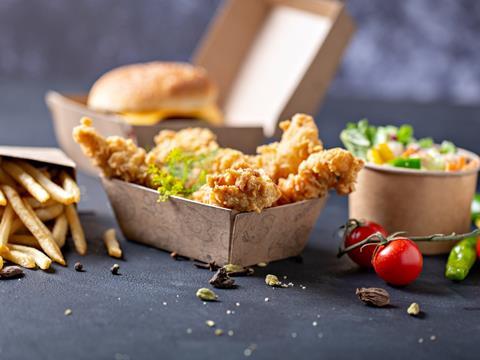
Stora Enso has published a report identifying thirteen impact opportunities that it believes will help the food packaging value chain to achieve social, biodiversity, and global climate progress.
If conditions such as improved waste sorting, higher recycling capacity, and an established market for secondary raw materials are met, Stora Enso believes that the circularity of materials systems will improve. As such, it calls for a multi-stakeholder approach to bring its solutions to life, with further developments in technology, finance, and policy also underlined as important steps.
According to the report, packaging can take a new, developmental role to help to tackle the hidden socioeconomic costs caused by existing food systems. Advancing opportunities in the support of healthy diets, reduction of food loss, and development of new compostable or waste-based materials is expected to strengthen their sustainability.
In particular, fibre-based packaging is highlighted as an enabler of sustainable food systems, with its renewable base material and recyclability amongst the list of its reported benefits.
“Our food systems play a crucial role in securing a circular, biodiversity- and climate-positive future,” said SVP Sustainability Tiina Pursula. “We need to look at these systems holistically and consider how can we contribute to food system transformation, such as healthier, plant-based foods and food waste reduction. This way, we can drastically change the way we produce, transport, and consume food.”
“Across the packaging value chain and beyond, we already have the innovation expertise to act on these opportunities and accelerate the food system’s transition. We’re hopeful that the information in this white paper will spark and deepen the much-needed collaboration among stakeholders to optimize the use of our collective resources and make our proposals a reality,” added Phillip Hanefeld, SVP Innovation and R&D.
Stora Enso discussed the findings of its research in a recent webinar, and the full whitepaper is available online.
Previously, a research project by James Cropper suggested that environmental concerns and social media are two of the biggest influences on packaging design today, overtaking technology for the top spot.
Tetra Pak and MAX IV also worked on a research project set to advance fibre-based food contact packaging in pursuit of a recyclable, high-barrier ‘package of the future’.
On the other hand, VDMA held discussions at interpack 2023 surrounding trends in global sustainability and market growth for food processing and packaging machinery. It was claimed that the upcoming EU Packaging Regulation, while uniting Member States under a shared set of legislation, could pose a challenge for contamination, food safety, and hygiene in food packaging due to its call for a mandatory use of recycled materials.
If you liked this article, you might also enjoy:
McKinsey on whether or not on-pack sustainability claims affect consumer spending
A deep dive into the most important packaging sustainability trends and solutions












No comments yet